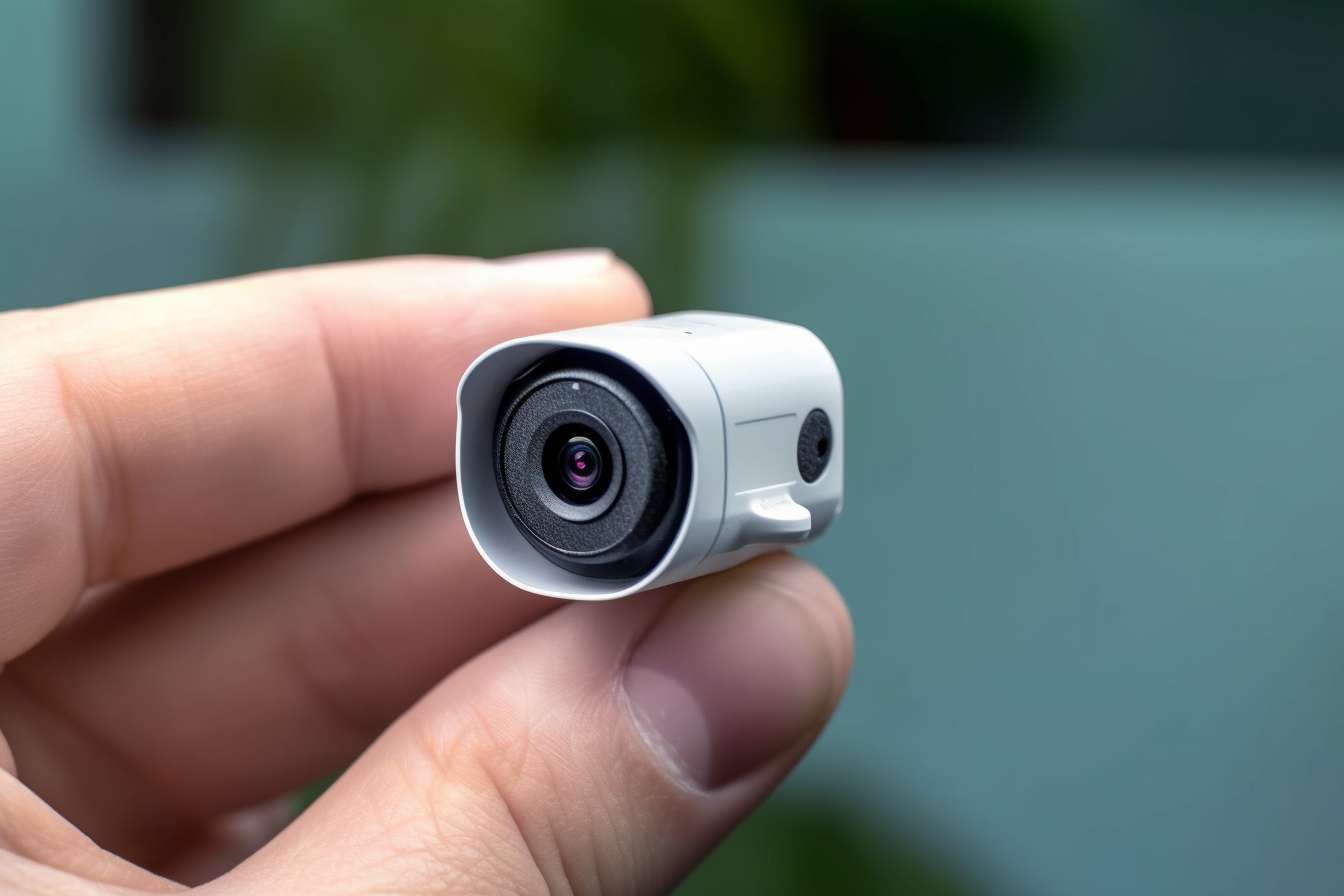Discover Secret Tiny Cameras: Benefits, Uses, and How to Make the Most of Them
Tiny cameras have revolutionized surveillance, security, and personal documentation in ways previously unimaginable. These miniature devices, often no larger than a coin, pack sophisticated technology into incredibly compact forms. From home security to wildlife observation, tiny cameras offer versatility that traditional cameras simply cannot match. Understanding their capabilities, applications, and proper usage can help you harness their full potential for legitimate purposes.

The world of miniature surveillance technology has expanded dramatically, offering solutions for security, research, and documentation that were once the realm of spy movies. Modern tiny cameras combine advanced optics with digital recording capabilities, creating devices that can capture high-quality footage while remaining virtually undetectable.
These compact recording devices serve numerous legitimate purposes, from monitoring elderly family members to documenting wildlife behavior. Their small size allows placement in locations where traditional cameras would be impractical or intrusive, making them valuable tools for various applications.
What Are the Different Types of Tiny Cameras?
Tiny cameras come in several distinct categories, each designed for specific applications. Button cameras disguise themselves as clothing fasteners, making them ideal for covert recording situations. Pen cameras integrate recording capabilities into functional writing instruments, perfect for meetings or interviews.
Wireless mini cameras offer remote monitoring capabilities, streaming footage directly to smartphones or computers. These devices often include motion detection and night vision features, enhancing their surveillance capabilities. USB cameras masquerade as standard flash drives while containing sophisticated recording equipment.
Clock cameras and picture frame cameras blend seamlessly into home environments, providing discreet monitoring without raising suspicion. Each type offers unique advantages depending on the intended use case and environment.
What Are the Key Benefits of Tiny Cameras?
Tiny cameras provide unparalleled discretion compared to traditional surveillance equipment. Their compact size allows installation in tight spaces where larger cameras cannot fit, making them invaluable for comprehensive security coverage. Many models operate wirelessly, eliminating the need for complex wiring installations.
These devices often feature impressive battery life, with some models recording continuously for hours or days. Advanced models include motion activation, reducing storage requirements and extending operational time. The portability factor makes them excellent for travel security or temporary monitoring situations.
Modern tiny cameras frequently offer high-definition recording capabilities, ensuring clear footage despite their small size. Many include audio recording features, providing complete documentation of events. Remote access capabilities allow real-time monitoring from anywhere with internet connectivity.
Where Can You Purchase Quality Tiny Cameras?
Reputable electronics retailers offer various tiny camera options, both online and in physical stores. Specialized security equipment suppliers typically stock professional-grade models with advanced features. Online marketplaces provide extensive selections, though buyers should verify seller credibility and product reviews.
Security system installers often carry commercial-grade tiny cameras suitable for business applications. Consumer electronics stores may stock basic models for home use. When purchasing, consider factors like recording quality, battery life, storage capacity, and wireless capabilities.
Always verify local laws regarding surveillance equipment before purchasing. Some jurisdictions have specific regulations governing the use of recording devices, particularly in private spaces. Reputable sellers should provide information about legal compliance and proper usage guidelines.
| Camera Type | Price Range | Key Features |
|---|---|---|
| Button Camera | $30-80 | Wearable, 1080p recording, 2-4 hour battery |
| Pen Camera | $25-60 | Functional pen, HD video, audio recording |
| Wireless Mini Cam | $50-150 | WiFi streaming, motion detection, night vision |
| USB Camera | $40-90 | Disguised storage, loop recording, compact |
| Clock Camera | $60-120 | Home integration, remote viewing, continuous power |
Prices, rates, or cost estimates mentioned in this article are based on the latest available information but may change over time. Independent research is advised before making financial decisions.
How Can You Maximize Tiny Camera Effectiveness?
Proper placement is crucial for optimal tiny camera performance. Choose locations with clear sight lines to target areas while ensuring the device remains concealed. Consider lighting conditions, as many cameras perform better in well-lit environments, though night vision models handle low-light situations effectively.
Regular maintenance extends camera lifespan and ensures consistent performance. Clean lenses periodically to maintain image quality, and check battery levels frequently. For wireless models, ensure strong WiFi signals at installation locations to prevent connectivity issues.
Storage management is essential for continuous operation. Use high-capacity memory cards and establish regular data backup routines. Motion-activated recording conserves storage space and battery life while capturing relevant events. Configure recording settings based on specific needs and available storage capacity.
Understanding legal requirements protects against potential issues. Research local surveillance laws and obtain necessary permissions before installation. Respect privacy rights and avoid recording in areas where individuals have reasonable expectations of privacy. Proper usage ensures both effectiveness and legal compliance.
Tiny cameras represent powerful tools for legitimate security and documentation needs. Their compact design, advanced features, and versatility make them valuable additions to comprehensive security systems. By understanding their capabilities and proper applications, users can effectively leverage these devices while maintaining ethical and legal standards.




